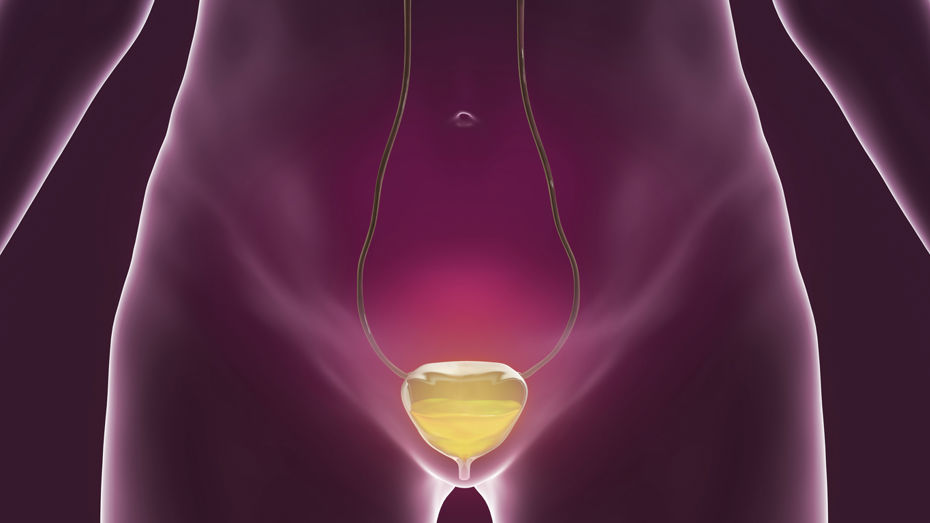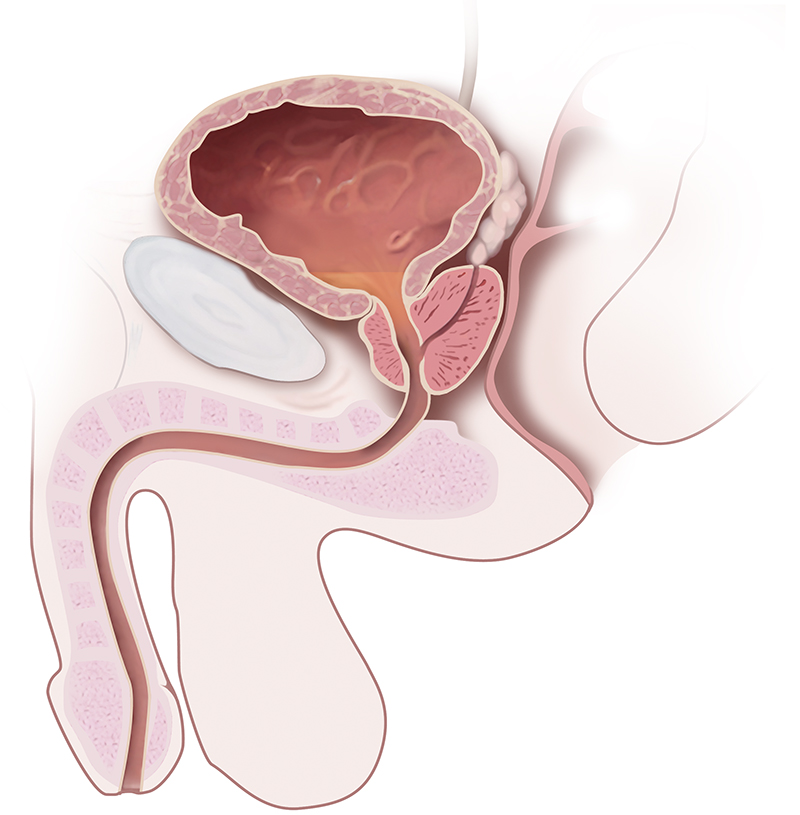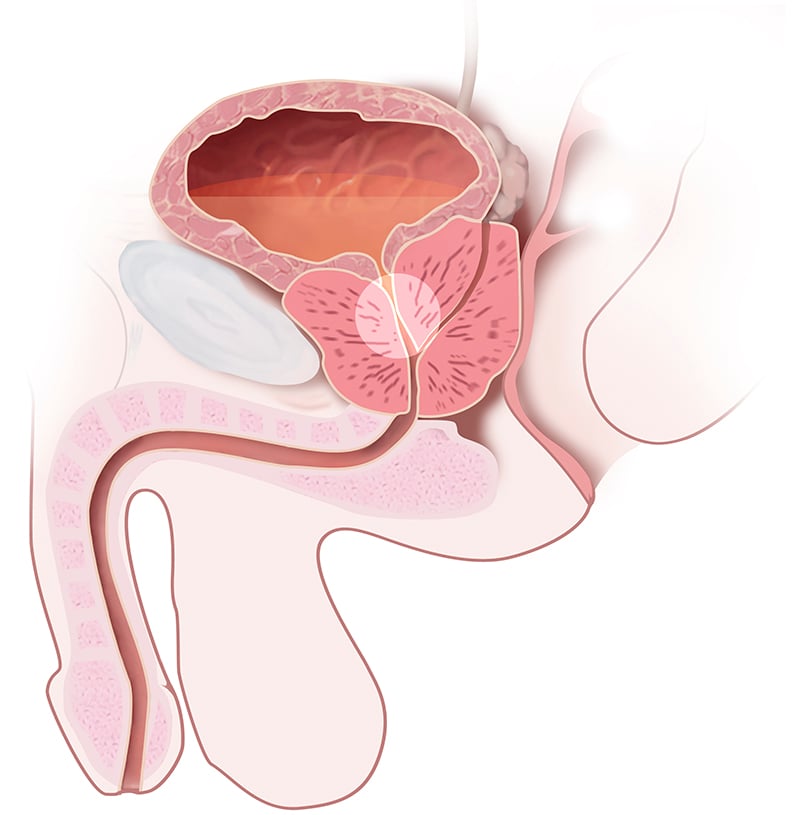
Illness, ageing or injury, can lead to loss of bladder control by impacting the bladder’s ability to store and empty urine.
Urinary dysfunction can be:
- Incontinence (involuntary leakage of urine)
- Retention (inability to completely empty the bladder)
- Combination of incontinence and retention
Incontinence
Urinary incontinence as defined by the International Continence Society (ICS) as the complaint of any involuntary leakage of urine.
Urinary incontinence is a common problem and can often having a negative impact on quality of life.
The different types of urinary incontinence
Stress urinary incontinence (SUI)
SUI is involuntary leakage on effort or exertion ie: on sneezing or coughing (Abrams et al, 2002)
Cause
Weakened or damaged pelvic floor muscles, common causes of this are usually by:
- Pregnancy/Vaginal childbirth
- Genetic factors
- Menopause/Oestrogen deficiency
- Pelvic or prostate surgery
- Obesity
- Smoking
- Chronic cough
- Chronic constipation
- Strenuous physical activity
- Long term heavy lifting
Treatment
First line treatment approach will be to strengthen pelvic floor muscles, and in addition, lifestyle options include weight loss, smoking cessation, addressing fluid intake, resolving constipation. Surgery may be offered for more severe cases.
Urgency (urinary) incontinence
It is the complaint of involuntary loss of urine associated with urgency
Cause
Overactive bladder (OAB) or Bladder Hypersensitivity. OAB is defined as urinary urgency, usually with urinary frequency and nocturia, with or without urgency urinary incontinence. With OAB the bladder muscle (detrusor) can become overactive and contract when not required. This can be caused by nerve damage, through neurological conditions such as Multiple Sclerosis, Parkinsons Disease, Spina Bifida or Stroke.
Bladder hypersensitivity can be caused if there is irritation of the bladder with an infection or stones.
Treatment
Bladder re-training, fluid advice, pelvic floor exercises, botox, drug therapy. Some of these treatments can also be used in combination successfully with intermittent catheterisation.
Overflow Incontinence
Involuntary loss of urine occurs when the bladder is unable to empty properly due to an outflow obstruction or an under active detrusor muscle.
Cause
Bladder Outflow Obstruction ( BOO) – prostatic enlargement, urethral stricture, under active bladder (UAB) / bladder failure – peripheral nerve damage, brain stem damage.
BOO is a blockage at the base of the bladder which restricts or stops the outlet of urine. This retention can be chronic or acute.
Cause
A common cause in men is an enlarged prostate. Other causes can be urethral strictures, birth defects, bladder stones, bladder/pelvic cancer or following corrective incontinence surgery.
| Normal Prostate | Enlarged Prostate |
 |
 |
UAB
UAB is where the bladder muscle (detrusor) , is unable to contract effectively and fully empty. This can lead to residual urine remaining inside the bladder.
Cause
Nerves which control the bladder are often damaged due to disease or trauma. Conditions associated with UAB are neurological conditions, diabetes, ageing and side effects from medications.
Treatment
Treatment will depend on the cause, but catheterisation may be necessary to remove any residual urine. Medicines can help treat and manage retention, and surgery may be necessary where retention is due to an enlarged prostate.
Mixed incontinence (MUI)
Complaints of both stress and urgency urinary incontinence, i.e. involuntary loss of urine associated with urgency and also with effort or physical exertion including sporting activities or on sneezing or coughing. About 30% with incontinence who have MUI are women.